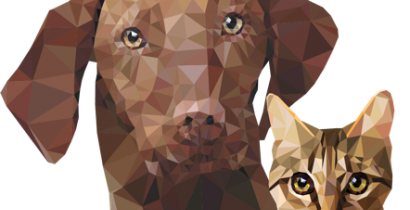Home -> Vectors -> Sand Flies -> Feeding
FEEDING
Generally, both sexes of sand flies feed on plant sugars (Lewis and Domoney, 1966) and eventually also on honeydew of aphids and coccids (Killick-Kendrick, 1979). In studies by Chaniotis (1974), it has been shown that some sugars are preferred to others which could mean that preferences for particular plants may restrict the distribution of the insect and thus also of possible transmissible parasites.
Only female sand flies feed on blood, which is suspected as a source of protein for egg development. Males are attracted to females when those are feeding and will mate with them even while the females are taking a blood meal. When seeking food, sand flies normally have a characteristic short hopping flight.
Most phlebotomine sand flies are crepuscular and nocturnal biters (Chaniotis et al., 1971). However, feeding is discontinuous and sporadic within the course of a single evening (Rosabal and Trejos, 1965; Chaniotis et al., 1971).
Seasonal and Circadian Dynamics
Host Seeking Behaviour
References
SEASONAL AND CIRCADIAN DYNAMICS
In temperate climates the seasonal activity will include the season from April to October in the Old World. Whereas in tropical and neotropical climates, sand fly activity is registered the whole year.
The circadian activity of the adult fly is crepuscular and nocturnal. Many species bite most actively immediately after sunset, whereas others have been observed to bite after midnight. But this time peak is not universal.
Depending on the area, especially the time one hour before until one hour after sunset is the main feeding time, whereas other authors extend this time period of activity over the whole night (Noli, 1999). During day, cool and humid resting places are sought (Killick-Kendrick and Killick-Kendrick, 1999).
For the seasonal activity, between one and two peaks of population can be observed in phlebotomines. Considering that various phlebotomine species have been classified as reported and suggested vectors of leishmaniosis, seasonal activity and thus risk of transmission stretches between spring and autumn.
Generally, depending on the area, temperature, humidity and diverse other environmental factors, sand fly activity can vary to a great extent, thus making general considerations in times very difficult.
EXPLORE OUR CONTENT
 CVBD MapsThe CVBD Occurence World Map presents country-specific situations based on current scientific knowledge and feed-back from experts around the world in an easy-to-grasped way. |
| Read more-> |
 ResourcesElanco Animal Health supports education in parasitology and especially in the field of vector-borne diseases. Access image collections, discover the World Forum calendar, interesting links and our glossary. |
| Read more-> |
 CVBD World ForumThe CVBD World Forum is a working group of leading international experts with the mission to enhance knowledge and communication on companion animal vector-borne diseases for the improvement of animal, human, and environmental health. |
| Read more-> |
